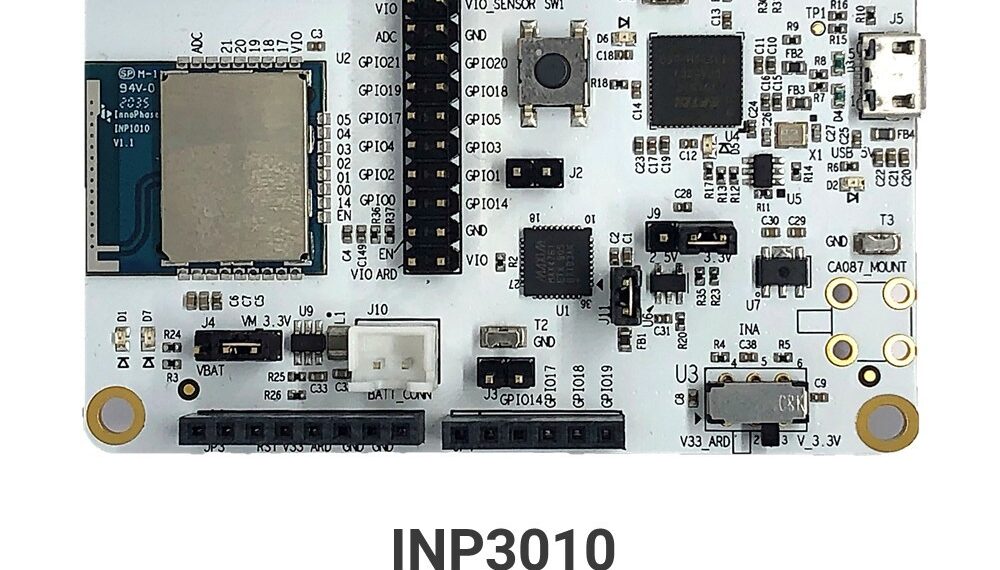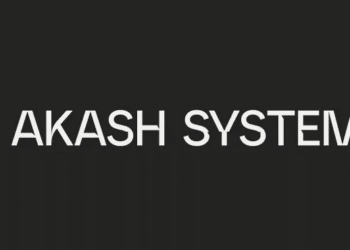The California-based fabless semiconductor company, InnoPhase announces the availability of a qualified Amazon Web Services (AWS) Internet of Things (IoT) Core solution for ultra-low power Wi-Fi cloud connectivity. The company also unveils a demonstration Smart Home Skill for Amazon Alexa targeted at home automation product designs.
The solutions use Talaria TWO multiprotocol wireless modules, offering the industry’s lowest power Wi-Fi solution and BLE5 for provisioning and diagnostics. The platform combines wireless connectivity, an integrated microcontroller and advanced security elements for edge-of-network IoT devices that require low power consumption and a direct-to-cloud connection like smart locks, doorbells, security sensors, leak detection sensors, and others.
Talaria TWO kits come pre-packaged and are tuned and optimized. It includes hardware, complete software packages, and reference design files making it simple for manufacturers to add AWS services and Alexa Skills to their products. For instance, InnoPhase’s newest Sensor-to-Cloud solution includes everything needed for expedited development of a cloud-connected sensor, such as Device Provisioning over BLE, pre-integrated AWS connectivity, and flexible settings to extend battery life. Future solutions will address a wide range of products for smart home, smart industrial, smart commercial, and smart health applications.
“Cloud-connectivity has become an integral part of all IoT edge devices and our Talaria TWO solutions make connecting to AWS quick and easy,” said Greg Winner, Vice President and General Manager, IoT Business Unit, InnoPhase. “Plus, the exceptionally low power Wi-Fi allows these edge devices to be untethered from power outlets and network cables ushering in the development of a whole new category of innovative products and services.”
Wireless data transfer has historically been a major power-consuming portion of connected IoT designs. InnoPhase’s unique, programmable, digital polar radio architecture, significantly reduces the current consumption of Wi-Fi radios making battery based IoT products last more than two years.






